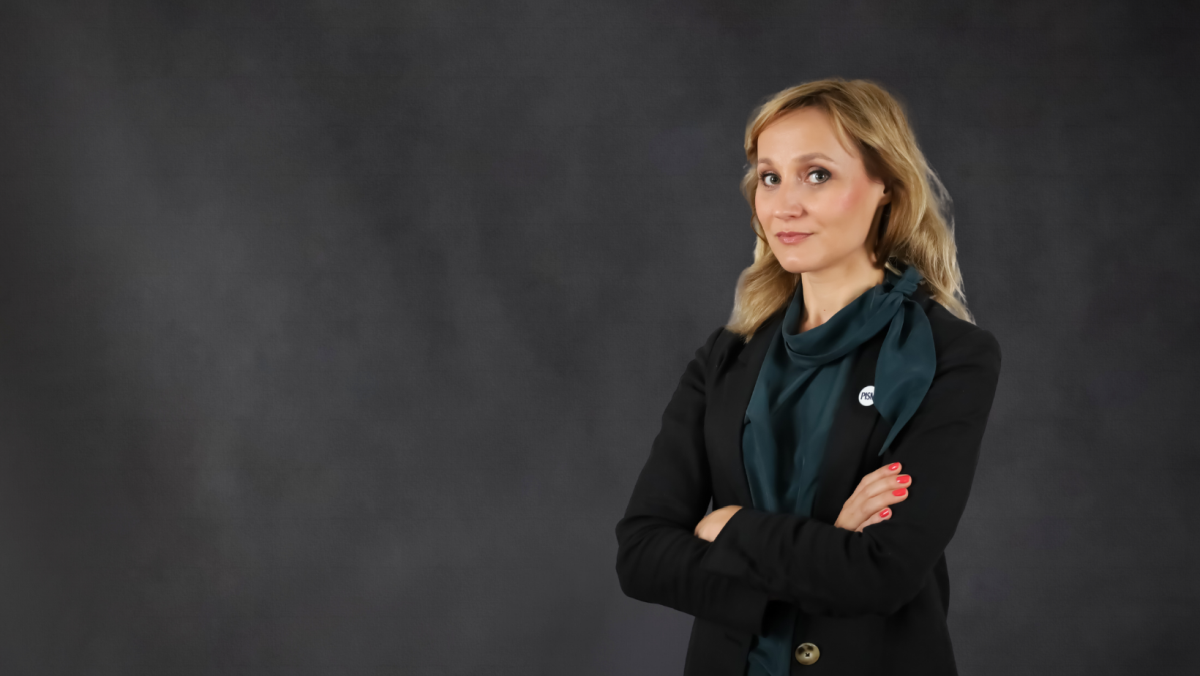The EU and the Mass Influx of Refugees from Ukraine
Russia’s invasion of Ukraine has prompted many of the latter country’s citizens to seek a safe haven in EU territory. The massive influx of refugees is a challenge for the reception systems of the countries bordering Ukraine and a test of pan-European solidarity. It requires ad hoc mobilisation, but also a return to the discussion on broad reform of the EU’s migration and asylum policy.
 Fot.: Filip Błażejowski/Forum
Fot.: Filip Błażejowski/Forum
What is the scale of the crisis?
According to UNHCR data from, as of 28 February more than 660,000 people have left Ukraine since the beginning of the Russian invasion on 24 February. Most of the refugees are women and children because of the general military mobilisation introduced on 25 February that bans men aged 18-60 from leaving the country. So far, most of these refugees have crossed the border with Poland (about 380,000). Refugees are also crossing into other EU Member States: Hungary (about 95,000), Slovakia (around 30,000), Romania (about 90,000, of which about 40,000 came via Moldova). Due to the scale of the exodus and the rational need for the simplification of entry procedures, it is difficult to precisely estimate the number of people who have already left the frontline states (Poland, Slovakia, Hungary, and Romania) for other EU countries but there are some indications: for Romania, preliminary estimates indicate that more than half of the newly arrived Ukrainians have already left the country.
The number of refugees from Ukraine continues to grow, with UNHCR predicting that the war could force up to 4 million Ukrainians to cross borders, with an additional 7 million internally displaced.
How are the frontline states reacting?
On the first day of the armed attack by Russia, Poland opened additional reception centres at border crossings with Ukraine where arriving persons can obtain information, basic medical assistance, and material support (including food). In the face of the dynamically growing number of arrivals, in the following days the governments of the frontline countries simplified the procedures for accepting refugees as much as possible. Ukrainian citizens coming to these countries do not need to have valid passports or undergo compulsory quarantine. In addition, the Polish and Slovak governments launched websites for people fleeing from Ukraine with basic information, including about the prevailing entry procedures. In addition, other services are offered, for example, Poland provides free medical assistance to all Ukrainian citizens and vaccinations against COVID-19. To facilitate the evacuation, refugees are receiving free transportation on selected public transport in all EU Member States bordering Ukraine.
What has been the EU’s reaction?
The Commission will formulate guidelines for unified border control for frontline states. Support for them was also offered by EU agencies—the European Asylum Agency and Frontex. The EU will allocate an additional €90 million in emergency aid to support the victims of military operations currently in Ukraine and Moldova. The Commission also is coordinating the delivery of material assistance to Ukraine through the EU Civil Protection Mechanism.
The Commission also proposed to launch a directive on temporary protection (established in 2001) for Ukrainian citizens. The mechanism (never used in practice) would allow Ukrainians to legally stay on the territory of the EU (in excess of the 90-day visa-free travel limit currently in force) for up to three years. They would be granted a temporary right of residence, access to housing, healthcare, work, education, and social benefits. The proposal may be put to a vote in the Council on 3 March.
What are the challenges for the future?
The ad hoc mobilisation of European countries and EU institutions in helping Ukrainian citizens should go hand in hand with a long-term support package. Member States should offer integration programmes that would enable the refugees to effectively enter the labour market and national educational systems (particularly children and youth) in the event of a prolonged crisis.
At the same time, the open attitude towards accepting refugees from Ukraine (including the proposal to include them under the Temporary Protection Directive) contrasts with the ongoing reluctance of European countries to accept refugees from other conflict regions. This raises concerns about the application of a double standard in European asylum policy. In this context, the challenge for the EU is to develop coherent mechanisms of responding to refugee crises in the future that are in line with European principles and international law. The influx of refugees from Ukraine is therefore a prerequisite for intensify discussions on the EU migration and asylum package, a proposal for which was presented by the Commission in September 2020.





